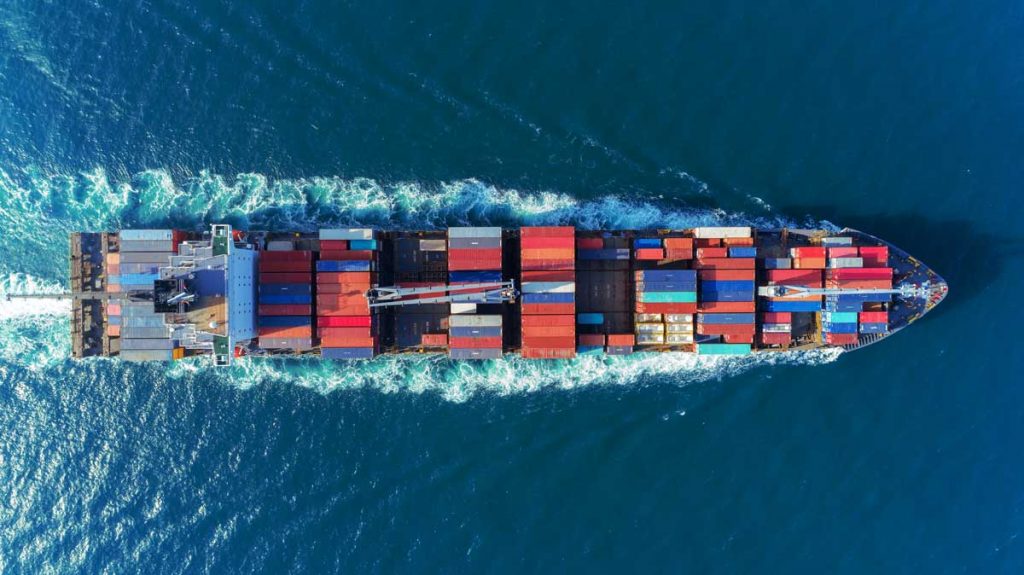
Maritime transportation is an integral part of global trade. It provides a reliable and efficient solution for transporting goods across oceans. This article takes an in-depth look at how ocean shipping works, from origin to destination, and the key elements involved.
Part One: Basic Principles of Maritime Transport
Maritime shipping is the process of transporting goods from one port to another by ship. This process involves multiple stages, including loading, sailing and unloading. First, the goods need to be properly packed and loaded into the container. The containers will then be loaded onto the cargo ship and the ship will begin sailing according to the route plan.
Part Two: Route and Ship Selection
The choice of route is an important decision in the shipping process. The choice of route depends on the origin and destination of the cargo, as well as the time requirements and cost constraints of transportation. In addition, the choice of ship is also one of the key factors. Different types of ships are suitable for different types of cargo, such as bulk carriers, container ships, and oil tankers.
Part Three: Shipping Documents and Customs Formalities
During ocean shipping, shipping documents and customs procedures are essential. Shipping documents include bills of lading, packing lists, shipping contracts, etc. These documents record the details of the shipment and ensure it is handled correctly during transportation. In addition, customs procedures are also an important part of the shipping process, including customs declaration, inspection and payment of duties.
Part 4: Marine Cargo Insurance
Marine cargo insurance is an important means of protecting cargo against losses and risks. During sea transportation, goods may be affected by various factors, such as storms at sea, loss or damage of goods, etc. Marine cargo insurance can provide financial protection to cargo owners and ensure that goods are properly compensated during transportation.
Part Five: Advantages and Challenges of Maritime Transport
As an important method of global trade, shipping has many advantages. First of all, sea transportation can carry a large amount of goods and is suitable for long-distance and large-volume transportation needs. Secondly, shipping by sea is relatively economical and the cost is relatively low. However, maritime transport also faces some challenges, such as route uncertainty, cargo tracking and supply chain management issues.
In conclusion:
As an integral part of global trade, shipping plays a vital role in the transportation of goods. Understanding how ocean shipping works and key elements can help cargo owners and logistics practitioners better plan and manage cargo transportation. By rationally selecting routes, ships and insurance, as well as handling shipping documents and customs procedures, we can ensure that goods arrive at their destination safely and efficiently during ocean transportation.



